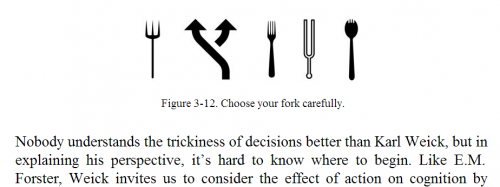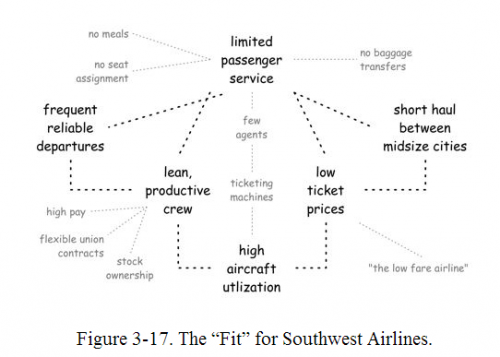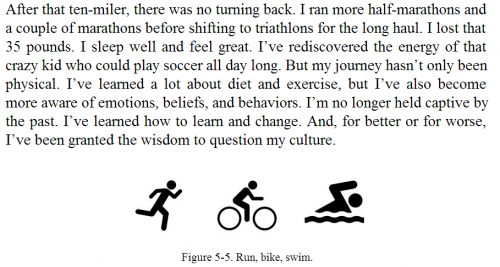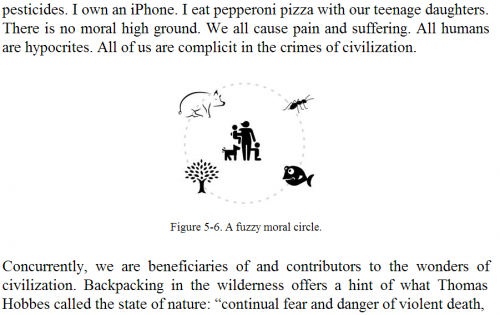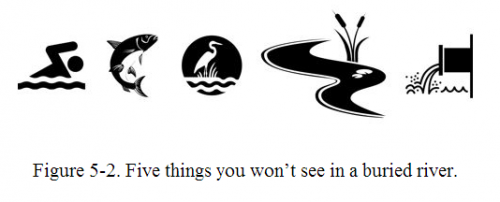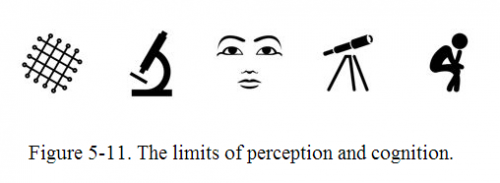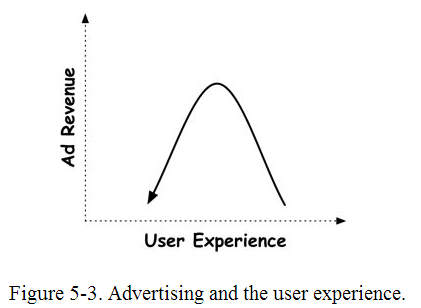What do you think?
Rate this book
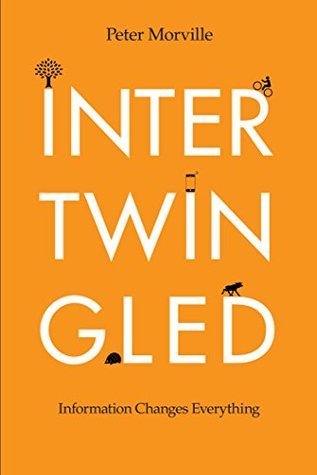

173 pages, Kindle Edition
First published August 12, 2014
In 1941, Jorge Luis Borges, a blind Argentine librarian, wrote an amazing story, The Garden of Forking Paths, about a book and a labyrinth containing “an infinite series of times, a growing, dizzying web of divergent, convergent , and parallel times… all possibilities.” This use of analogy to connect the forks of space and time is poetic, irresistible, and recursive. In 1991, Herbert Simon, the polymath pioneer of artificial intelligence and decision theory, wrote “I have encountered many branches in the maze of my life’s path, where I have followed now the left fork, now the right . The metaphor of the maze is irresistible to someone who has devoted his scientific career to understanding human choice.” [78] It’s a powerful metaphor, but all maps are traps.
While divergent paths may seem obvious in hindsight, they aren’t easy to see in advance. All of our decisions are made without a complete understanding of the options and consequences; not that we don’t try. Our brains routinely imagine choices and outcomes, and when the possibilities are too fuzzy, we stall. We muddle around in a state of productive procrastination, and while muddling can be hard to defend, it’s precisely the right thing to do. We must buy time to find our way, because the relationships between choice, action, and cognition are far messier than we like to admit; and once we step from the handle to the tine, there’s no going back. Perhaps the utensil that affords the wisest decisions isn’t a fork but a spork.
